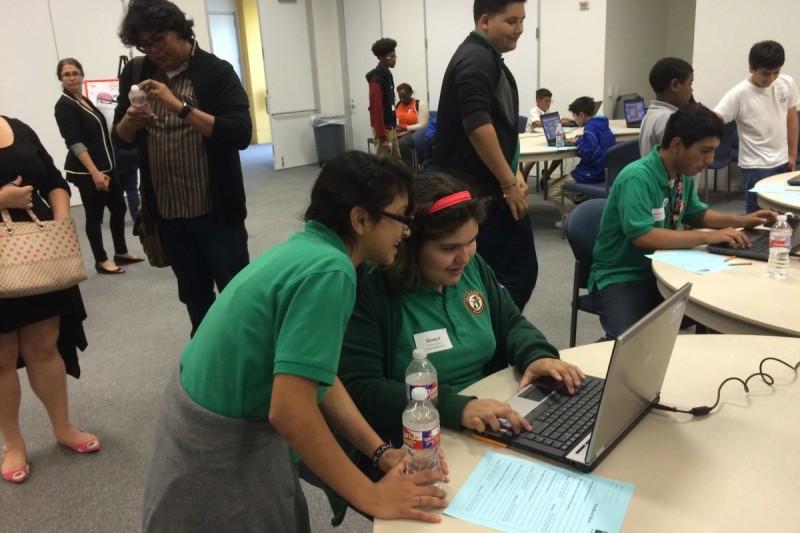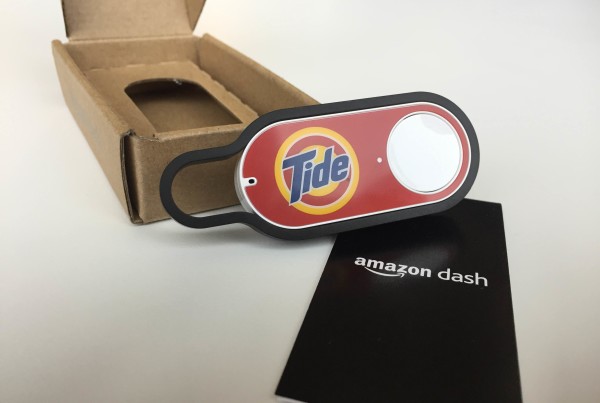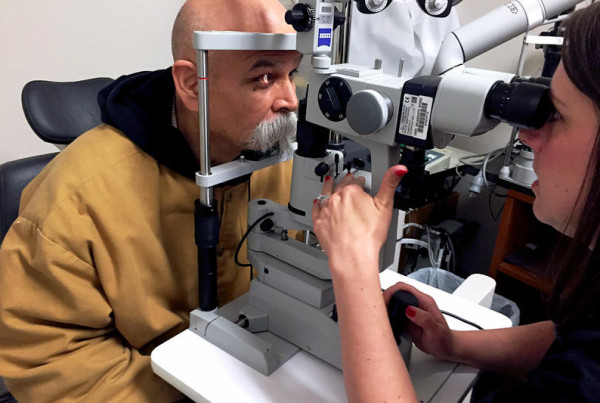From Houston Public Media:
Ten-year-old Jose is showing me how to get through a video game without the character dying — and it’s pretty tricky. It takes speed and agility on the character’s part to leap from one square to another without falling into one of the many canyons of blank space, while slaying plenty of villains along the way. But Jose isn’t having much trouble getting through the game. He’s the one who wrote it.
He’s showing it off at a recent Game Jam and Story Slam at theUnited Way of Greater Houston, where about fifty elementary and junior high students came out to share their stories, play each other’s games, and give feedback.
It’s part of a program by the Houston-based non-profit Writers in the Schools, or WITS, an organization that works to strengthen the writing skills of students. In this case, it’s through video games based on stories they’ve written.
“It really is hiding the vegetables in the meatloaf,” explains Najah Callander, who handles community investment with the United Way. “It’s giving them something that they need, but dressed up as something that they want.”
But some may be asking: “Don’t kids already play enough video games?”
“It’s one of the things that I hear most often when I talk about this program,” says Robin Reagler, Executive Director at WITS, who says there’s a difference between being the player versus being the creator. “It reverses the position of each student from being a sort of passive consumer to actually creating a video game him or herself,” she says.
WITS has paired up with Histrionix, a company that creates game-based curriculum for learning. Some people may not see an obvious connection between gaming and writing at first glance, but Histrionix CEO Rick Brennan sees it as a natural fit.
“Game design is a lot like storytelling,” he says. “You go from brainstorming and outlining, (to) rough drafting and editing.”
Some of the students’ stories are autobiographical, some are fantasy, and some are a little of both.
“So they might literally translate their story into a game usingGamestar Mechanic,” Brennan explains. “Or they might find a nuance to connect their poetry or their storytelling to a game.”
Part of the funding for the program is coming from Houston Arts Alliance’s first-ever Jamail Innovation Grant, established to encourage arts groups to develop innovative partnerships with organizations who may not be art-related. WITS will receive $50,000 over the course of two years to grow the program with Histrionix.
“This is an influx of capital to help them gain that freedom to think,” says Richard Graber, HAA’s director of grants. “Allow themselves to explore and try that one-off thing, that experimental show, or bring technology into their work.”
Which is pretty empowering for the hundreds of students participating in the program, thanks to the grant. Kids like Jose, who’s near the end of his game. He’s just entered the level where his character receives the coveted prize at the temple.
There’s a little chime that sounds similar to a slot machine after a winning pull. “And now you have power,” he says, smiling.















